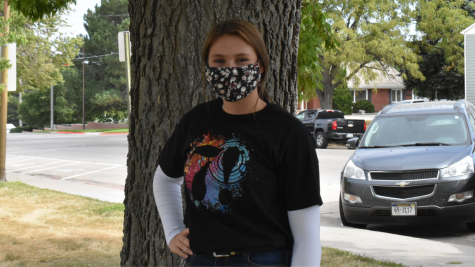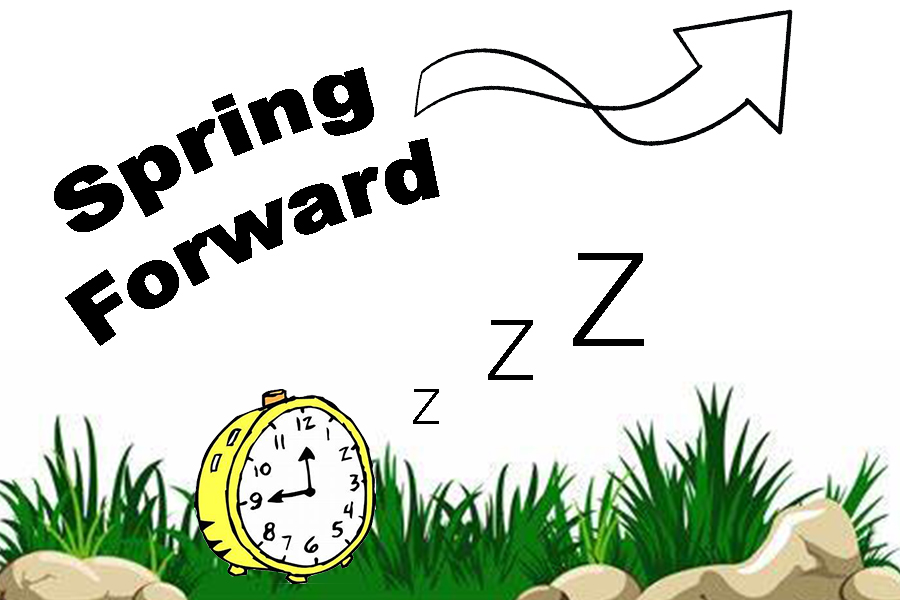Daylight Savings Time: Spring Forward
Daylight Savings Time: Spring Forward
This Sunday the 14th was daylight savings time. To some people, spring forward means you have to wake up earlier to get to school at the same time as usual, and to others, daylight savings may be beneficial because you have more light later in the day. Either way, you have approximately the same amount of daylight, with a few extra unnecessary steps.
There are a few misconceptions about daylight savings. Many people think that daylight savings were brought around by farmers, giving them more time in their fields, but history.com explains, “Farmers have long been opposed to springing forward and falling back since it throws off their usual harvesting schedule.” Alliance farmer and rancher Cory Mann says, “Everything that we do, either way, we get done no matter what time it is or how light it is.” When asked if he thinks daylight savings time should end he stated, “It always gonna be more helpful to have more daylight hours later in the workday, but I think we should move it half an hour and be done with it.” Mann agrees with the majority of the population, “Yes, I would agree that it affects everyone’s sleep schedule.” Daylight savings may have some sort of purpose, but most Americans do not understand or do not agree with the reasoning behind it.
Spring forward affects everybody, and not in a positive way. According to CBS News, “Daylight saving time transitions often lead to disrupted sleep cycles. When springing forward, the body needs to adjust to going to sleep earlier, which may leave people restless at night and cause sleepiness the next day. On average, Americans lose 40 minutes of sleep when we set the clocks ahead in the spring. Such sleep disturbances can lead to mood disruptions and increased irritability.” Not only does spring forward affect your sleep schedule and your mood, it also makes millions of Americans late to work or school every year.
Many students and staff here at Alliance High School despise daylight savings time, especially spring forward, and may ask, “why does it exist?” National Geographic explains by saying, “The idea behind the clock shift is to maximize sunlight in the Northern Hemisphere, as days start to lengthen in the spring and then wane in the fall. The logic is that by springing forward and falling back, people add an hour of sunlight to the end of the workday.” To this day, nearly 70 countries participate in daylight savings. But some may be putting daylight savings time to an end.
All states except Hawaii and Arizona recognize daylight savings time. Many senators of states are recognizing the wants of its citizens – an extra hour of sunlight in the evenings. According to business insider, “Several states have taken action to make daylight-saving time permanent, and a bipartisan group of senators are now taking on a renewed push to make daylight-saving time all-year-round nationwide.” This could be a drastic yet positive change for the American people.
Spring forward is going to be a rough time for everyone. Having such a drastic change in the middle of the year can be quite controversial, and some people in higher power are discussing ending daylight savings time. This odd occurrence has been in effect since 1916. Would this be a step forward for our nation, or would it be too much of a change for the American people? We will never know until we try it, and everyone at AHS should always be ready to try something new.

Hello everyone! My name is Chloe Mann, and I am a junior here at AHS. This year is my first writing for the SPUD, and I am so excited about this opportunity!...






